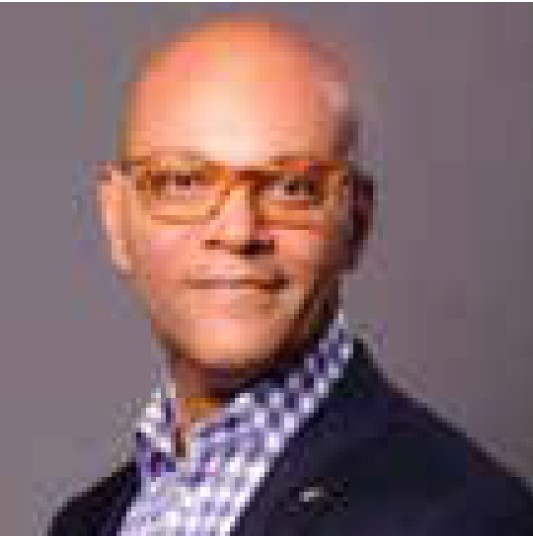
By Derek Barnes–
Most people think of poverty as being poor resulting from the lack of money and conjure up images tied to communities of color. A more nuanced definition describes it as a state or condition where people lack the financial resources and essentials for a minimum standard of living. It’s worth noting that being poor is different from being in poverty, and sometimes we conflate the two. It may explain why many people living in impoverished conditions within the U.S. do not consider themselves in poverty if asked. They just don’t see themselves as poor. It’s a quiet epidemic.
There are several types of poverty. There is absolute, relative, situational, and generational poverty. Absolute poverty is when basic needs cannot be met—food, shelter, and access to clean drinking water. Relative is when basic needs are largely met, but income levels fall below the area’s average. A triggering event (illness, death, divorce, etc.) that has a negative financial impact with the opportunity for recovery describes situational or subjective poverty. Generational poverty is a condition that persists over two or more generations, where escaping the cycle of poverty is difficult.
More recent data reveals an alarming trend and highlights a disproportionate impact on specific groups and communities. For example, new reports examining childhood poverty in the Bay Area over the last two decades have uncovered concerning trends, root causes, and potential solutions to this growing problem. Older adults are also more likely to be in poverty. About one in six people are food insecure, and over 40K people are homeless in the Bay Area, according to the Bay Area Economic Institute. Technically, these individuals are people in absolute poverty.
The data for individuals under 18, collected and analyzed from various sources, paints a distressing picture. In the last 20 years, childhood poverty has surged, affecting not only the quantity but also the quality of life for children across the Bay Area—highest amongst LGBTQ+ youth and those from communities of color. Overall, poverty rates have increased by 30%, with a particularly alarming spike in the last five years—primarily due to the pandemic and sunsetting the child tax credit in 2022. The causes contributing to this trend are rising housing costs, income inequality, educational disparities, and other economic disruptions.
The skyrocketing cost of living in the Bay Area, especially housing, has left many families struggling to make ends meet, especially after many COVID-19 social safety-net programs have expired. High rents and limited affordable housing options due to insufficient production and inadequate policies have pushed households deeper into poverty. The conditions of poverty have been turbocharged since 2020.
According to a 2017 report by the Bay Area Council on Regional Solutions, the overall child poverty rate in the Bay Area was 18.4%, which is higher than the state of California (16.2%). Furthermore, the poverty rate is higher among children of color. In the Bay Area, 33.9% of Black children, 37.9% of Latino children, and 27.3% of Native American children are living in poverty.
In addition, a 2019 study by the Public Policy Institute of California found that the share of children living in poverty increased between 2007 and 2017. The poverty rate in the Bay Area among Black, Latino, and Native American children increased by 2.6%, 4.1%, and 5.5%, respectively.
The policy implications are startling. These figures demonstrate that childhood poverty is a real issue in the Bay Area and that disparities between communities of color and those of other racial and ethnic backgrounds are profound. The public and private sectors must be aware of the continued disparities and address them through targeted policies.
Despite the region’s overall economic prosperity, income inequality has grown. Many lower-wage workers, often from marginalized communities, are unable to afford basic necessities. A living wage aligned with Bay Area housing costs seems out of reach for many. Raising the minimum wage to a living wage significantly reduces income inequality and helps families meet their basic needs.
Unequal access to quality education disproportionately affects children from lower-income families, limiting their future opportunities. Prioritizing early education and improving access to high-quality schools for all children can break the cycle of poverty. Programs that offer job training, apprenticeships, and support for career advancement can empower parents to secure better-paying jobs.
Economic downturns, such as the dot-com bubble burst in the early 2000s, the 2008 financial crisis, and the COVID-19 pandemic in 2020, had lasting impacts on families, especially those without significant savings. These disruptions can also generate more emotional and psychological distress. Addressing the mental health and support needs of children and families in poverty is crucial for breaking the cycle of poverty.
Poverty has not affected all ethnic groups equally. Historically, the most at-risk communities are African American, Latino, and Native American children, with poverty rates significantly higher than the regional average. However, poverty among whites in the area remains high at about 10%, and the number of white people experiencing poverty far exceeds any other racial and ethnic group. Whites represent the majority of people in poverty both regionally and nationally.
With federal emergency dollars no longer available, Bay Area community leaders, local governments, and advocacy groups must work together to implement solutions and other initiatives to reverse the alarming trend of poverty. It is essential to ensure that everyone in the Bay Area has an equal opportunity to lead a prosperous and fulfilling life, regardless of their economic background, age, or ethnicity.
Derek Barnes is the CEO of the East Bay Rental Housing Association (www.EBRHA.com ). He currently serves on the board of Homebridge CA. Follow him on Twitter @DerekBarnesSF and on Instagram at DerekBarnes.SF
Social Philanthropreneur
Published on November 16, 2023




Recent Comments